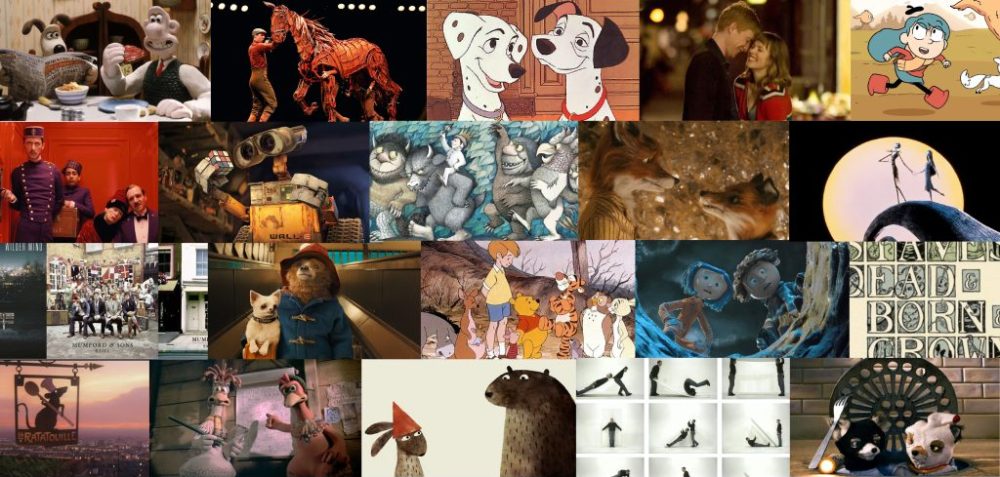These are my tests so far for the stop motion island sequence so far:
For the first one, I immediately knew that plasticine was the wrong material for the island, because it’s just too soft-looking and cartoon-ish. That’s what led me to the idea of making the little island out of cardboard, using the contours from the map to make it the right height etc:

The plan was to use this just as a skeleton, and cover it with something green so that the image of the island moves from being a map to looking closer to an actual piece of land. But I really like it as it is. I think keeping the white will extend the ghostly feeling of the haunted island.
Tests 2 – 4 involved me keeping on trying to make the tin foil pieces look like the ocean, but I still wasn’t happy. It does look like water to me, but more like bubbling water than waves. However, in 3 and 4, I used the technique of holding a piece of coloured card at an angle out of shot, so that it was reflected in the foil. You can see it more easily in Test 4, because the pieces are bigger and less scruched up, and that time I got more of the effect I looking for, with these peaks of blue spread across the foil ocean.
IThe final test was done in the stop motion studio at uni, and I was experimenting with making waves by kind of rippling a single sheet of tin foil. I had a piece of green tissue paper held up with a clamp, but overall it wasn’t working. I couldn’t get the lighting right, and I think there’s too much reflection in some areas while others are too dark, so I need to think what to do next. The ocean under/around the island doesn’t have to look exactly like water, I just want it to at least create the shape of waves as seen from above.
